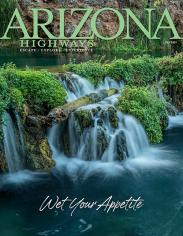Girl Scouts
There's one more reason to indulge in Girl Scout Cookies this year: In 2012, the Girl Scouts of the USA celebrates its 100th birthday. Juliette Gordon Low formed the Girl Guides in 1912, modeling the organization on England's Girl Guides and Boy Scouts. Low changed the name to Girl Scouts in 1914, after she was informed that scouts were sent out first and guides second — she believed her girls would be "second to none."
